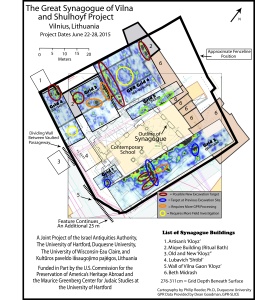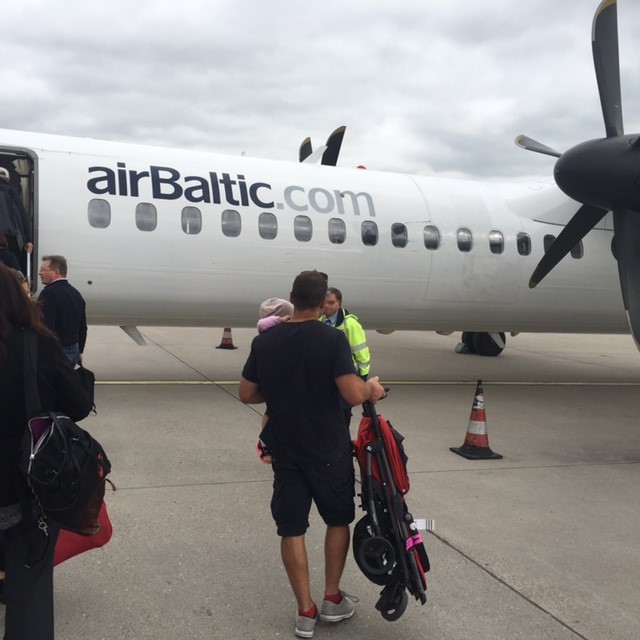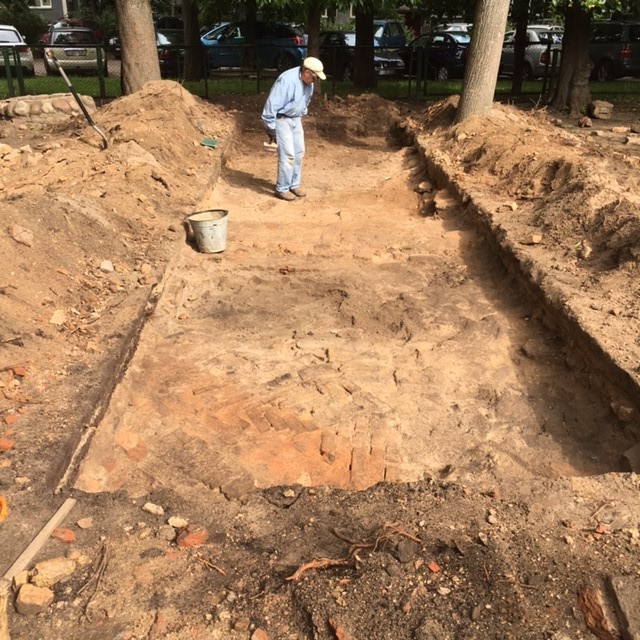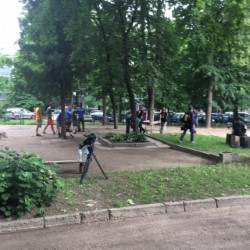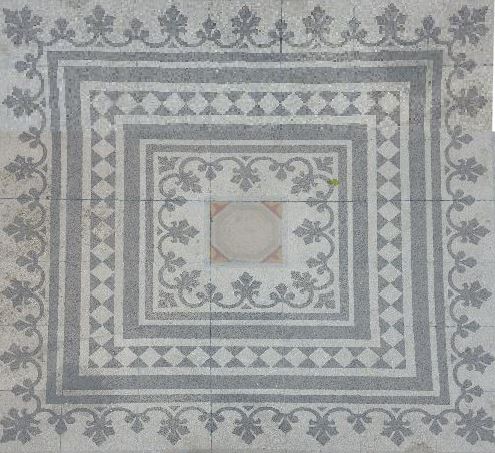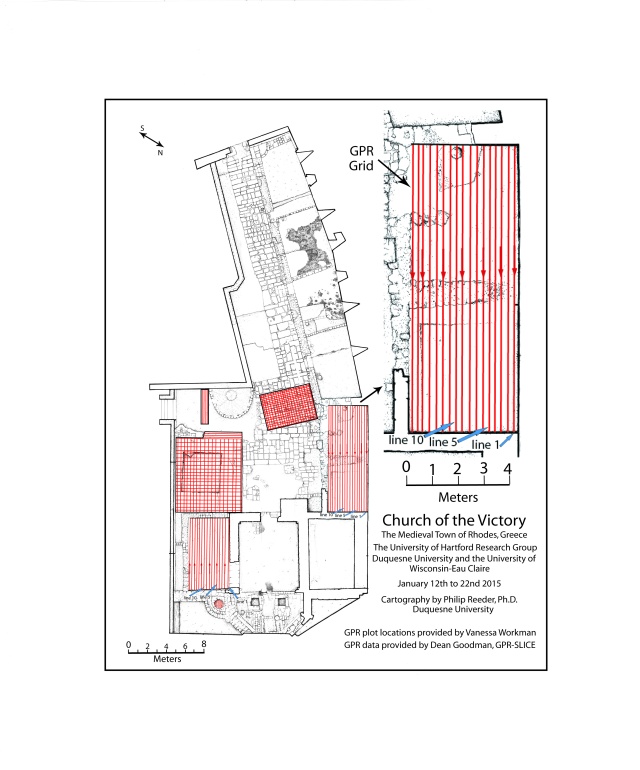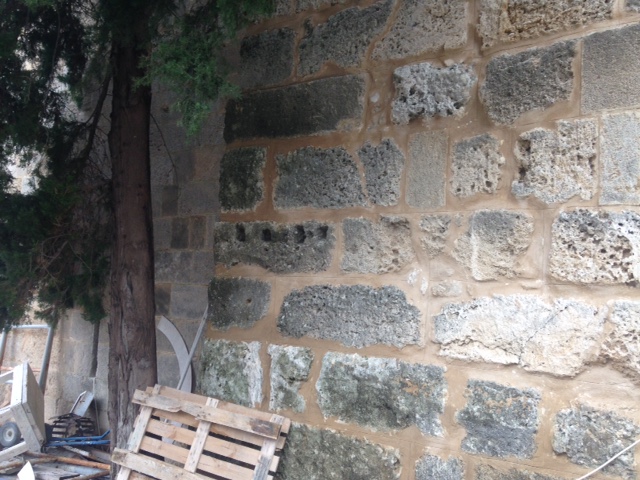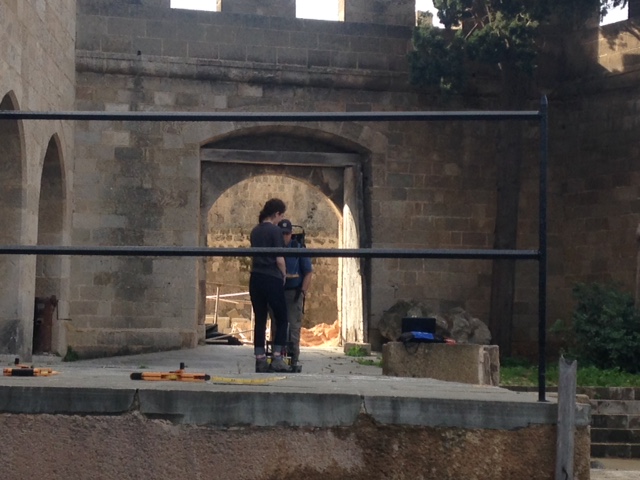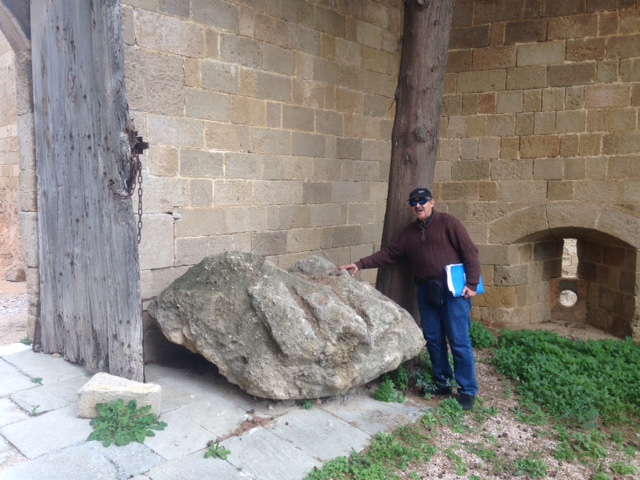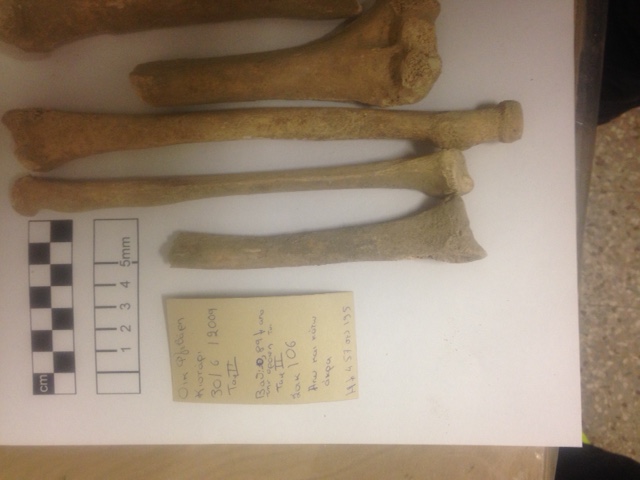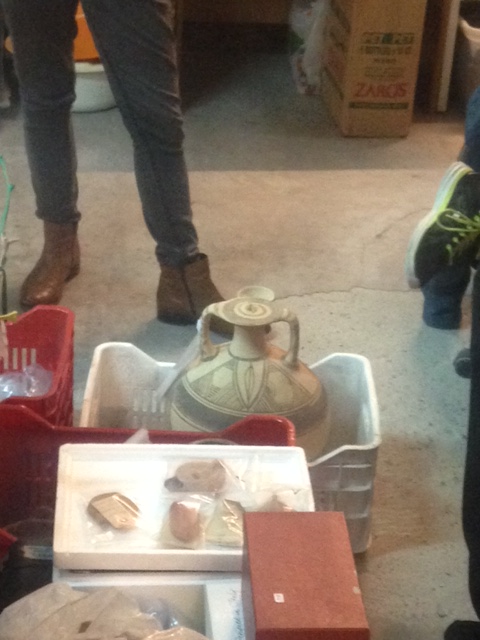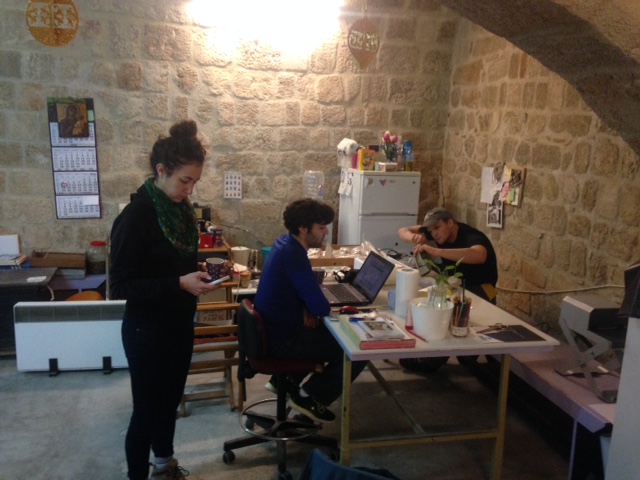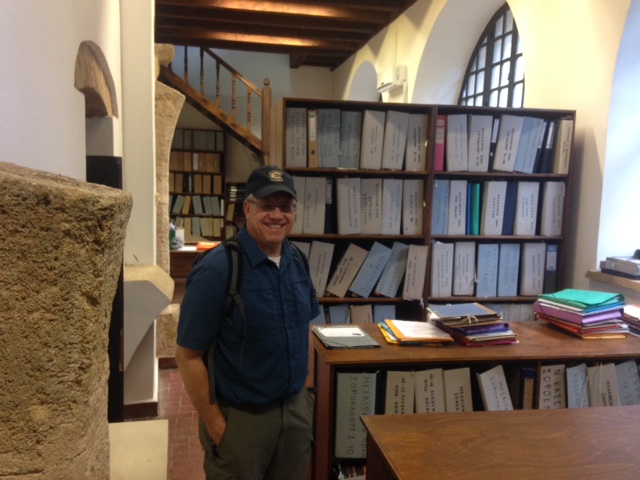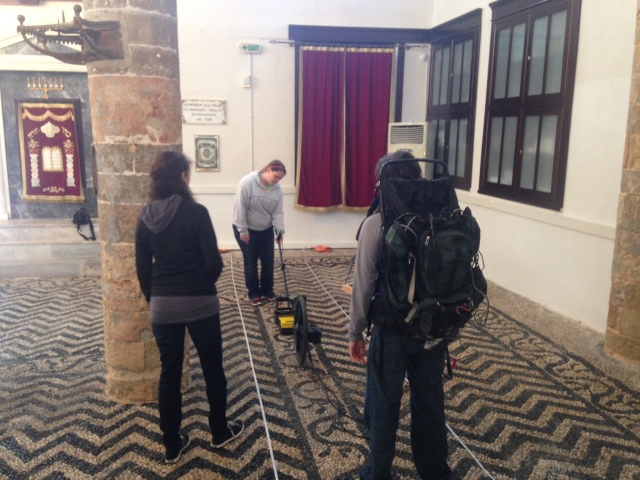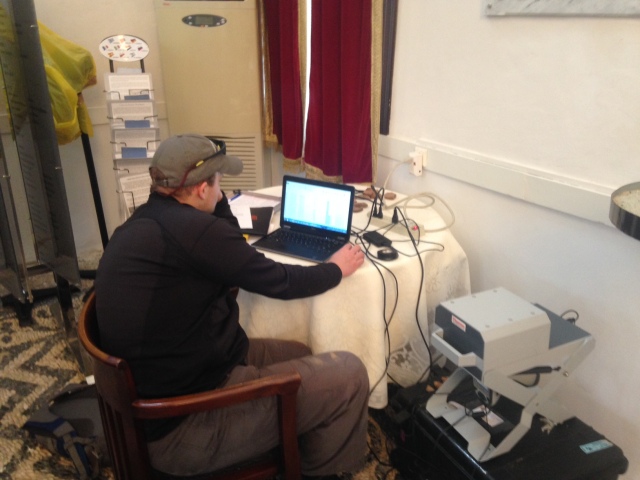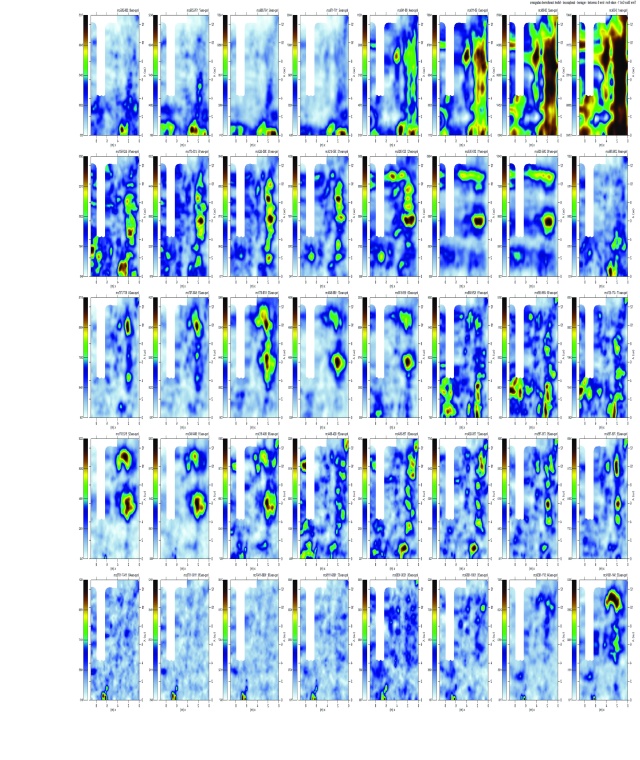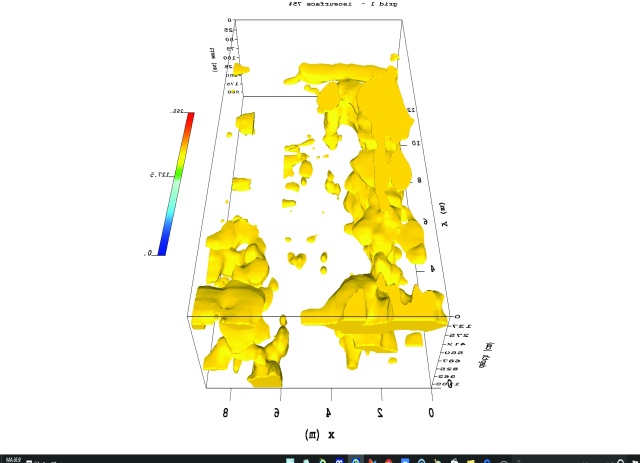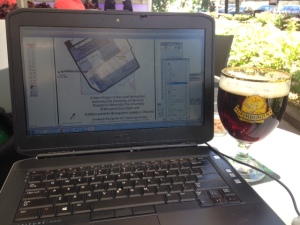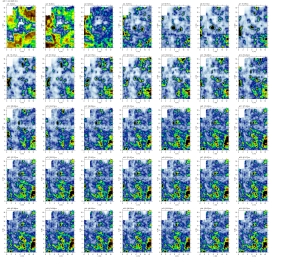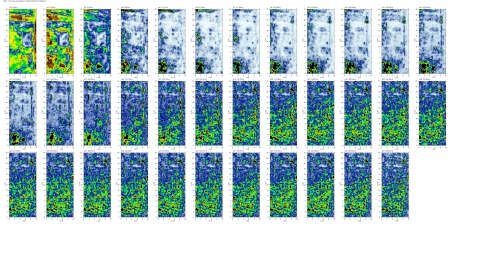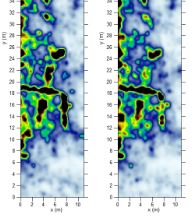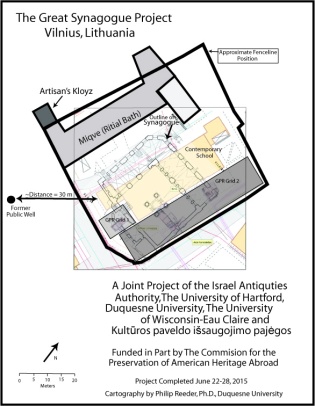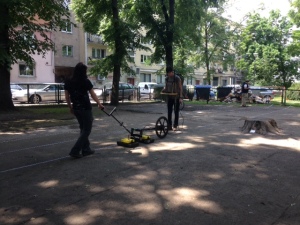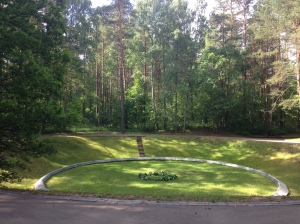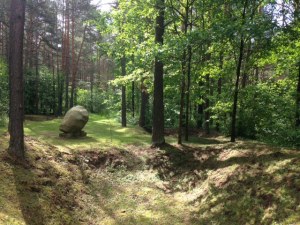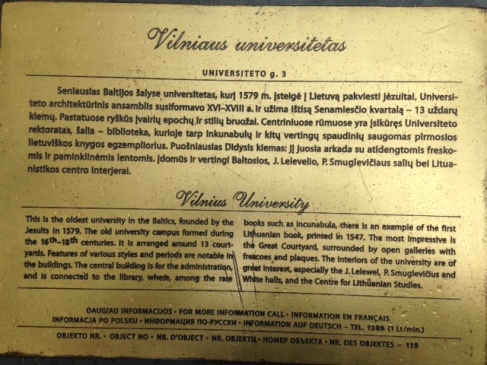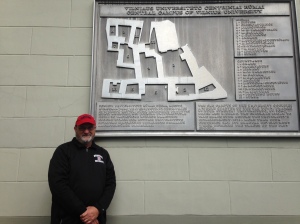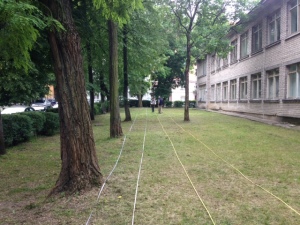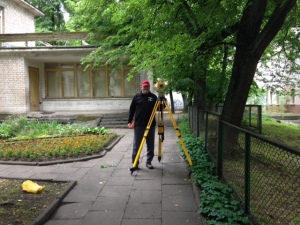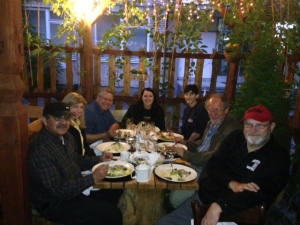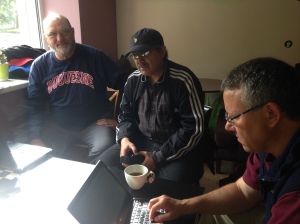I am on the road again. With the success of the dig at the Greek Orthodox Church of the Annunciation in Nazareth in June, the church wanted to continue the excavations in August. The dig was reopened on July 22nd. My services were required to complete detailed maps and diagrams for this very important excavation. It is envisioned as a minimum five year project that will have a set of yearly maps and diagrams which is invaluable as we track the progress of the research through time. What follows is a summary of what brought us to this point with regard to the recent occurrences of the project. Right now we are driving at 7:30 am from where we are staying at Nof Ginosar on the Sea of Galilee, to Nazareth where the church is located. It is about a 45 minute drive. It is Monday August 10th.
I departed Pittsburgh on Wednesday August 5th on the 6:20 pm flight to Philly. I met up with Richard Freund in the Philly airport and we then flew to Tel a viv. The flight was just over ten hours. We landed at 3 pm local time on August 7th, cleared immigration and customs and rented a car for the drive up to the Galilee. The drive from the airport to Nof Ginosar was about three hours. After a quick dinner it was off to bed for a few hours sleep. The workday was scheduled to start at 6 am the next morning.
Friday August 7th: Up at 6:00 am, breakfast at 6:30, then the drive to Nazareth. We arrived at the church at 8 am. The first task at hand was an assessment of what had been done up to that point. The archaeological squares that were opened in June 2015 were designated A trough E, hence there were five. These had already been covered with glass viewing ports so that visitors to the church could view the finds. The large illegal excavation that took place at the site in the 1980’s was cleaned out by the archaeologists and was covered with glass as well. Below is a photo of that site before being enclosed. This photo was taken from the roof of the church.
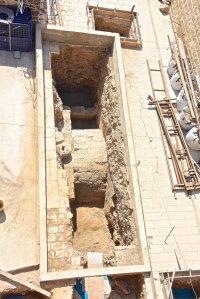
What you can see in this photo are two areas of importance. First the curved barrel shaped feature in the center. This is actually the top of the vaulted hallway that exists deep inside the church at the lowest level that leads to the holy water source at the very back, north extreme of the church. The water at this location is the same that our previous research proved was the water found in the spring and cave north of the church and that most likely flowed from the church to the Public Mary’s well and the nearby ancient bathhouse where we previously worked. Below are photos of the vaulted hallway and the spring in the church.
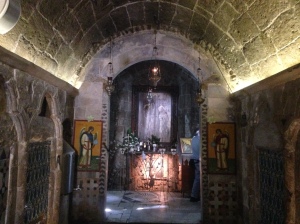

Depicted below are the areas of the excavation now covered by the glass enclosures. There are also three other squares that were opened for excavation. These are F, G and H. I will discuss these shortly.
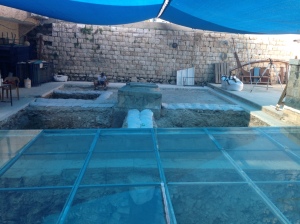
In terms of data collection, on Friday August 7th I collected the primary spatial data I needed to construct the map of the area behind the church. Using the total station I collected orientation, distance and elevation data from 60 stations that were established at important points behind the church. Below is my data book depicting all my field notes and the collected data. Looks like gibberish right? I can actually make sense of it, really, and construct detailed plan view maps and cross-sections from this data. When they are complete, hopefully in a few weeks, I will add them to the blog.
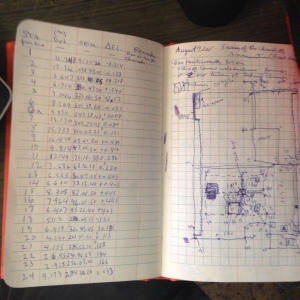
We finished at about 5:30 on Friday because of the Jewish day of rest, Shabbat, which begins on Friday at sunset and ends on Saturday at sunset. Although I am not Jewish, I generally observe the day of rest concept when working in Israel. I used Saturday to catch up on my rest after all the travel and lack of sleep to get hear (I don’t sleep on planes), and to organize the spatial data for eventual map production.
Sunday August 9, 2015. We had the same routine as Friday. Get up at 6 am, breakfast at 6:30, departure at 7:15 and arrival in Nazareth at 8:00 am. I spent most of Sunday collecting detailed spatial data from the areas that were excavated in June. This data will allow me to create very detailed plots of the excavations that can become part of many of the maps produced for the project. Although it was Sunday, I did not directly attend mass, but heard the whole Greek Orthodox mass that was going on in the church just a few feet from me. In my book I was near enough to get some spiritual fulfillment even though I was not actually in the church. By the way, the mass was in Greek, which I do not speak, but I did recognize some parts of the mass, I think. It last well over two hours.
On Sunday, after collecting needed data from excavations A, B, C, D and E, as well as the previous, large, illegal excavation, I turned my sights to the most recent excavations (F, G and H), which were still active, and thus have not yet been covered by glass. I drew detailed diagrams of excavations H and then F. Again, these can be used to provide specific details for these excavations which can add more specificity to the maps. H is a small test pit which is only partially completed. F is a 4.0m x 3.5 m excavation that reveals some walls from what is postulated to be the Byzantine era church, the one that is speculated to have contained the mosaic floor. Below is a photo of the mosaic floor that was uncovered in excavation A. It is the largest exposure of the floor. There is a photo of a cleaned area of the floor earlier in this blog. This one is much “dirtier” because it was covered with a layer of sediment to help protect the floor. Sections of the mosaic floor can also be seen in excavation C and in excavation G.
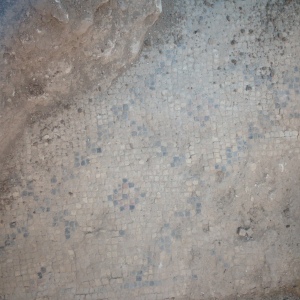
Monday August 10, 2015. I have written the entries for the blog from August 5th, my departure from Pittsburgh, to today (it is now 12:38 pm) in my little field office at the site. It is actually a storeroom. See the photo below. Notice the walls. A rendering of the Byzantine Mary and Jesus, Jesus and the Stations of the Cross, and a calendar from the school adjacent to the church, are my constant companions. Today I completed data collection from excavation G, so that a detailed plot of that area can be added to the more general area maps, and I also collected data for the completion of cross-sectional profiles of excavations F and G. Below is a photograph of excavation G. Notice the wall in the center of the photo. This, according to the archaeologists, is from the Byzantine era, and most likely correlates with the original fourth century church.
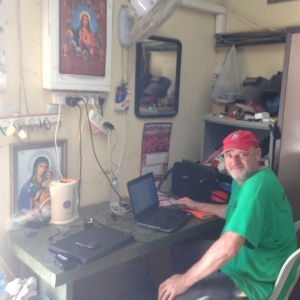
That’s it for now about Nazareth. We hope to finish the remaining data collection today Monday August 10th). Tomorrow, we have several meetings with local officials, and will need to pack up all the equipment for an 11:35 pm departure from Tel a Viv.
An update on Vilnius
Jon Seligman, from the Israel Antiquities Authority stopped by the site to discuss our other ongoing project, the Great Synagogue of Vilnius Project that we worked on in June, 2015. This project has been garnering a lot of attention and plans are underway to have a second field season in summer 2016. For my part, I have been continually updating the map from Vilnius. The newest version is below. Also, we have been contacted by several national media organizations that want to make a documentary about the research we will complete in summer 2016. I will pass on more information when I know more.
